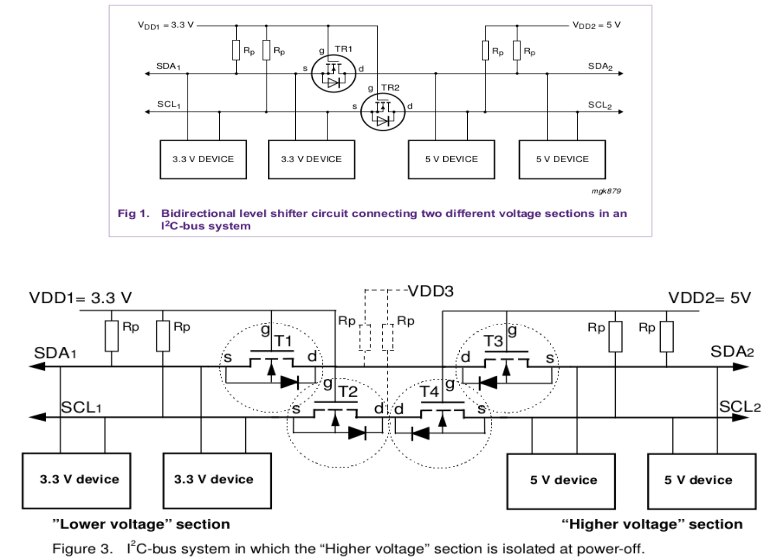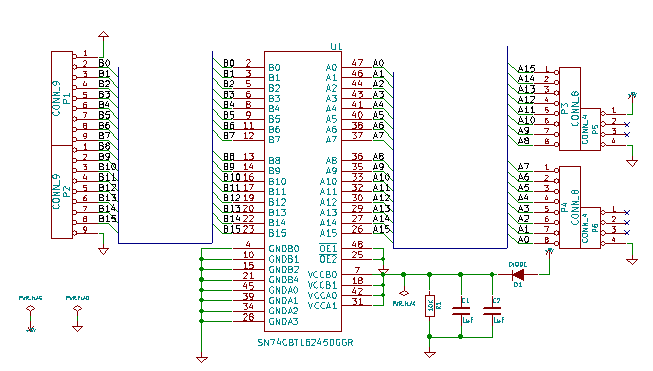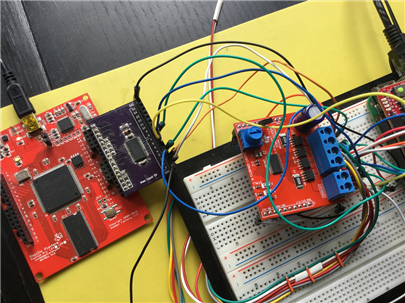G'Day,
I have a Pi 3B+ connected to an interface board developed in this RoadTest Review New Year's Grab Bag RoadTest - Review The interface board has its own 3VDC and 5VDC power supplies. If the interface board is powered up before the Pi, the Pi will refuse to start. It starts but I never get network capabilities. If the Pi is powered up first, bothe the Pi and the interface board operate as designed.
The caveat is, I have one Pi that works without the needed the power sequence and another that will only function if the power is applied in the sequence. I have another half dozen Pi's I can try to see what happens but before that I thought it be nice to white board the issue.
I am "napkin developing" a strategy for investigating and was hoping for some community insight and experiences. COmmentary in the past has enabled me to solve other problems I have posted relatively fast. I'm thinking this might be a power issue. The Pi power supply is being loaded by the interface board on power up causing it to fail boot. How could I see this on the Pi? I'm in the infancy of testing at the moment so what to look for and where to look would be of value.
Mother's Day supper is starting so I will have to sign-off. I'm hoping I provided sufficient information to start the discussion.
Sean










